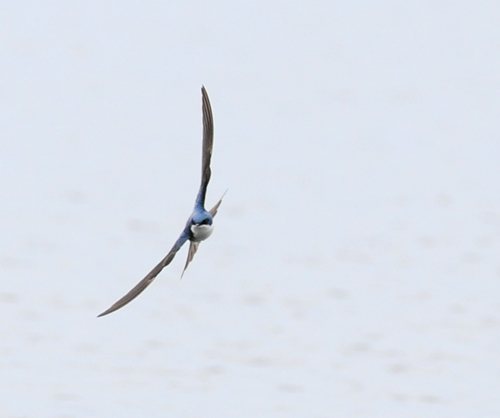It's never quiet in the Silsbee household in Hamilton.
Outside, bengalese, gouldian and zebra finches flit around in their cages, a symphony of chirps and flapping wings.
Harry the cockatiel courts long-time love Hazel while a pair of quail take their bottom spot in the pecking order, literally, searching for seed down below.
Daniel Silsbee 11, will be showing off some of these characters at the Annual Hamilton Cage Bird Club Show on July 4 and 5, at the Hamilton Gardens Pavilion.
"I don't know why I like birds but I've always wanted one since I was really young," he says.
Previously volunteering at the show, Daniel says he hopes to enter a few of his birds in the show's open category competition this year.
"I would like to take my bengalese that I bred this year. I don't know how many cages I can get so it depends on that.
"They judge the birds on different things like the sound they sing in, their colour and how they sit on their perch," he says.
Daniel credits the Hamilton Cage Bird Club for teaching him how to keep new additions from flying away and how to properly care for his birds so they can breed.
"You keep on learning stuff and it's nice to talk to people that know a lot about birds," he says.
Hamilton Cage Bird Club Secretary Clayton Putt says Daniel is the youngest member of the club, which holds monthly meetings and takes part in shows around the country.
"He's very keen. He loves his little birds.
"We've got to have younger members coming in, otherwise the club won't be able to continue and our bird-keeping knowledge will be lost to the next generation," he says.
Daniel's mother Lori Silsbee says they realised Daniel had a passion for birds from a young age, buying him a New Zealand bird identification book when he was 3 years old.
Tuesday, June 23, 2015
Tuesday, June 9, 2015
Swallow's flight is at top of list for birds
Tree Swallows fly with intense intent as they forage over water for insects. This bird was
photographed in April, when its early return made serious work of finding insects for food. Tree Swallows capture all of their food on the wing. They can share nesting territory with Eastern Bluebirds because the latter feed on insects found on the ground. They don't compete for food, but will compete for nesting cavities, both species using cavities exclusively. You often see what are commonly known as bluebird houses (nesting boxes) set out in pairs. Swallows will take one, then defend the territory from use by other Tree Swallows. This leaves the second box open for use by bluebirds.
photographed in April, when its early return made serious work of finding insects for food. Tree Swallows capture all of their food on the wing. They can share nesting territory with Eastern Bluebirds because the latter feed on insects found on the ground. They don't compete for food, but will compete for nesting cavities, both species using cavities exclusively. You often see what are commonly known as bluebird houses (nesting boxes) set out in pairs. Swallows will take one, then defend the territory from use by other Tree Swallows. This leaves the second box open for use by bluebirds.
Subscribe to:
Comments (Atom)

